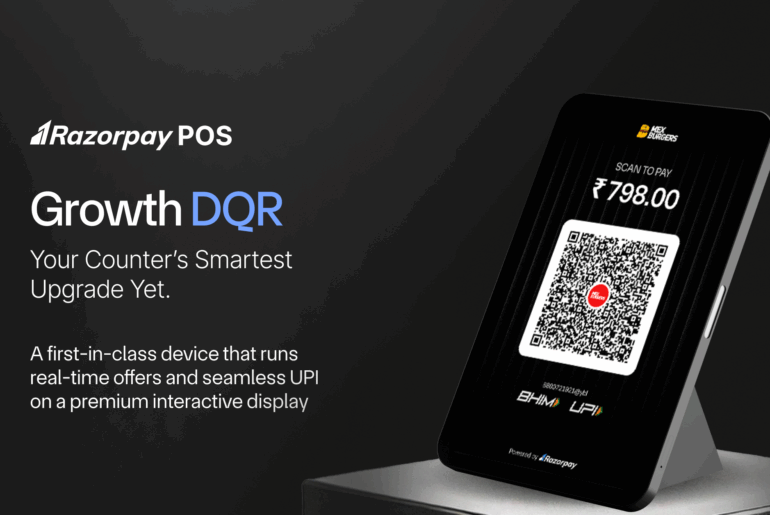India’s festive season, spanning October to December, is not just a time for celebrations—it’s also time for generous gifting and sinful shopping. As shopping carts brim with everything from smartphones to holiday getaways, the purchases are increasingly fuelled by EMIs. As the popularity of EMI payments is increasing, Indians are finding it easier to spread the joy while effectively managing their budgets.
The surge in EMI payments
EMI transactions saw a stellar rise during the festive period, surging by 18% compared to non-festive months.
The appetite for EMIs extended across different formats. No-Cost EMI usage doubled! While Low-Cost EMI also climbed up by 21%.
The rise in No-Cost EMI options made it easier than ever for customers to splurge while keeping their budgets intact. After all, who doesn’t love gifts that come at no additional costs?
What’s driving the festive EMI boom?
Some industries consistently shine during the festive season, but here are some interesting surprises:
- Telecom, electronics, and appliances: Unsurprisingly, these sectors saw a significant boost as customers upgraded gadgets and home essentials.
- Automotive: Festivities spurred vehicle purchases, fuelled by celebratory discounts and offers.
- Hospitality: The real showstopper however was hospitality! EMI transactions in this sector skyrocketed 13.5x. Why the dramatic rise? Indians embraced travel and experiences, turning to EMIs for dream vacations, staycations, and destination weddings.
How brand offers fuelled the EMI wave
During the festive period, brands upped the ante with irresistible offers, leading to a 50% jump in Brand EMI payments. Merchants offering these deals benefited from increased footfall and higher conversion rates, proving the power of festive discounts coupled with EMI options.
Gadget mania: what’s trending?
The festive season brought interesting shifts in consumer behaviour within the mobile and electronics segment:
- Shift in price preferences for mobiles: During the festive period, there was a noticeable shift in consumer interest toward mid-range mobiles, with the ₹20k–₹40k segment dominating sales. This marked a departure from non-festive months, where premium devices (₹60k+ and ₹1 lakh+) were more popular.
- Increased demand for budget friendly devices: Budget-friendly electronics priced between ₹10k–₹30k saw a significant rise in popularity during the festive period, indicating that more customers leveraged affordability driven by festive offers and EMI options.
What can merchants learn?
Here’s what these numbers mean for merchants:
- Prepare for OND early: Stock up on high-demand items like gadgets, appliances, and travel packages which are also affordable to appeal to customers.
- Leverage EMI offers: Collaborate with financial partners to roll out attractive EMI schemes. Highlight no-cost and low-cost EMI options to appeal to budget-conscious shoppers.
- Focus on high-growth sectors: Prioritize marketing in sectors like hospitality and electronics to tap into the festive fervor.
- Run strategic campaigns: Promote exclusive festive discounts tied to Brand EMI to boost sales.
Gearing up for next year
India’s love affair with EMIs is only growing. By understanding these trends and adapting your strategies, you can ride this wave of opportunity with the help of Razorpay.
Opt for Razorpay’s EMI² suite to get the best benefits for you and your customers. Provide your customers with no-cost and low-cost EMI options across 18+ banks and 70+ brand EMI partners, ensuring they receive the best offers to make high value purchases more manageable. Exploring offers has never been easier with our Catalog feature, which allows customers to browse all offers and cashback seamlessly without card insertion. Additionally, with EMI Plus, you can run your own tailored offers through your Razorpay wallet, helping you convert every potential sale into a success.
Make the next festive season a game-changer for your business by leveraging the full power of Razorpay EMI².
* All insights and data are derived exclusively from Razorpay’s internal records and do not reflect market-wide trends.



